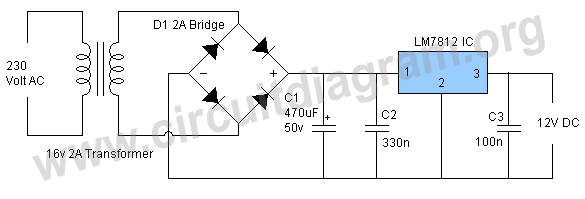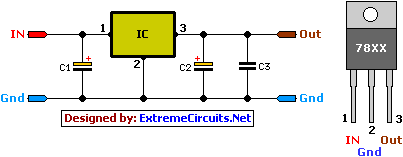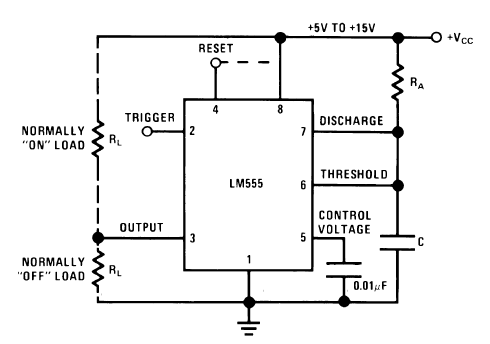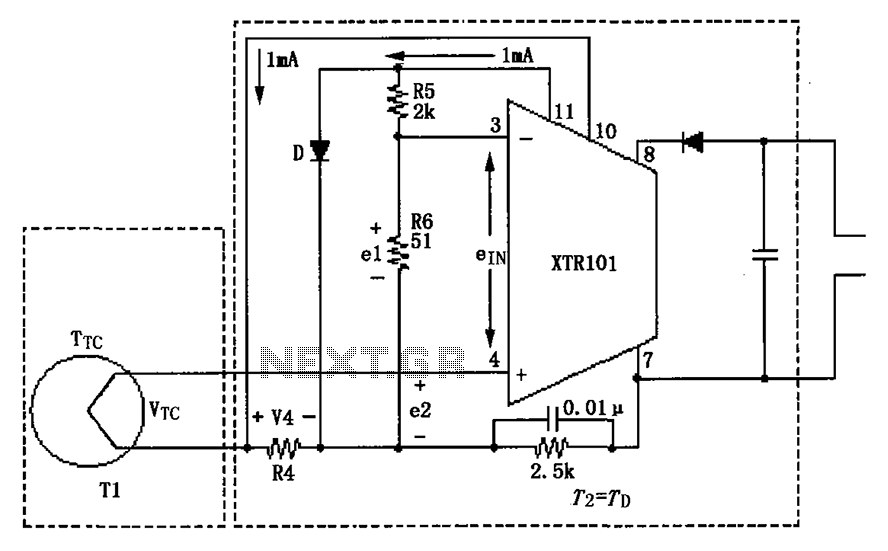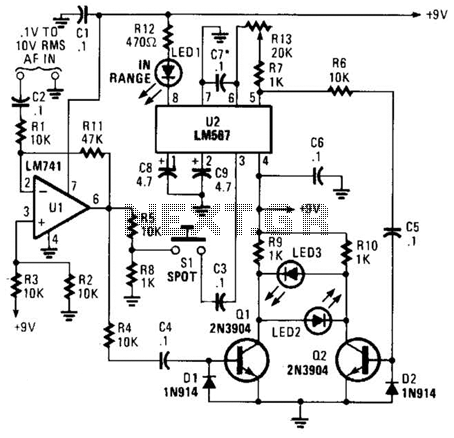
motor bike headlight controller circuit
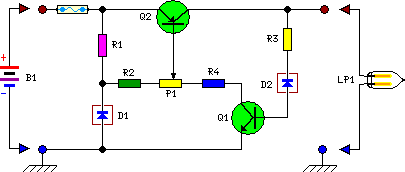
This circuit automatically controls the headlight of a motorcycle, turning it on and off independently of the light and ignition switches, as long as the battery is fully charged. The initial stage employs a 220-ohm resistor and ZD1 to keep transistor Q1 in an off state while the motorcycle is not operating, drawing approximately 2mA. When the battery voltage rises above 7.0V during charging, Q1 starts to activate.
This motorcycle headlight control circuit utilizes a simple yet effective design to enhance safety and convenience. The circuit is comprised of several key components: a 220-ohm resistor, a zener diode (ZD1), and a bipolar junction transistor (Q1).
In the off state, with the motorcycle not running, the 220-ohm resistor limits the current flowing through the zener diode, ensuring that the transistor Q1 remains off. This configuration prevents the headlight from inadvertently turning on, which could drain the battery when the motorcycle is not in use. The design draws a minimal current of about 2mA, ensuring that battery consumption is kept low during idle periods.
As the motorcycle's battery charges and the voltage exceeds 7.0V, the zener diode begins to conduct, allowing a sufficient base current to flow into transistor Q1. This transition marks the activation of the headlight circuit. Once Q1 turns on, it completes the circuit for the headlight, allowing it to illuminate automatically. This feature is particularly beneficial for ensuring that the headlight is operational during low visibility conditions without requiring manual intervention from the rider.
The circuit's design ensures that the headlight will only operate when the battery is adequately charged, thus preventing situations where the headlight could deplete a weak battery. This automatic control mechanism promotes safer riding conditions by ensuring that the headlight is consistently operational whenever the motorcycle is in use.
Overall, this headlight control circuit is a practical solution for motorcycle lighting, emphasizing reliability and user safety through its automatic operation and battery management features.This circuit automatically turns a motor cycle`s headlight on and off, independently of both the light and ignition switches, provided the battery is fully charged. The first stage uses the 22O resistor and ZD1 to hold transistor Q1 off while the motor is not running; it draws about 2mA.
Once the battery voltage exceeds 7.0V during charging, Q1 begins to turn on.. 🔗 External reference
This motorcycle headlight control circuit utilizes a simple yet effective design to enhance safety and convenience. The circuit is comprised of several key components: a 220-ohm resistor, a zener diode (ZD1), and a bipolar junction transistor (Q1).
In the off state, with the motorcycle not running, the 220-ohm resistor limits the current flowing through the zener diode, ensuring that the transistor Q1 remains off. This configuration prevents the headlight from inadvertently turning on, which could drain the battery when the motorcycle is not in use. The design draws a minimal current of about 2mA, ensuring that battery consumption is kept low during idle periods.
As the motorcycle's battery charges and the voltage exceeds 7.0V, the zener diode begins to conduct, allowing a sufficient base current to flow into transistor Q1. This transition marks the activation of the headlight circuit. Once Q1 turns on, it completes the circuit for the headlight, allowing it to illuminate automatically. This feature is particularly beneficial for ensuring that the headlight is operational during low visibility conditions without requiring manual intervention from the rider.
The circuit's design ensures that the headlight will only operate when the battery is adequately charged, thus preventing situations where the headlight could deplete a weak battery. This automatic control mechanism promotes safer riding conditions by ensuring that the headlight is consistently operational whenever the motorcycle is in use.
Overall, this headlight control circuit is a practical solution for motorcycle lighting, emphasizing reliability and user safety through its automatic operation and battery management features.This circuit automatically turns a motor cycle`s headlight on and off, independently of both the light and ignition switches, provided the battery is fully charged. The first stage uses the 22O resistor and ZD1 to hold transistor Q1 off while the motor is not running; it draws about 2mA.
Once the battery voltage exceeds 7.0V during charging, Q1 begins to turn on.. 🔗 External reference
